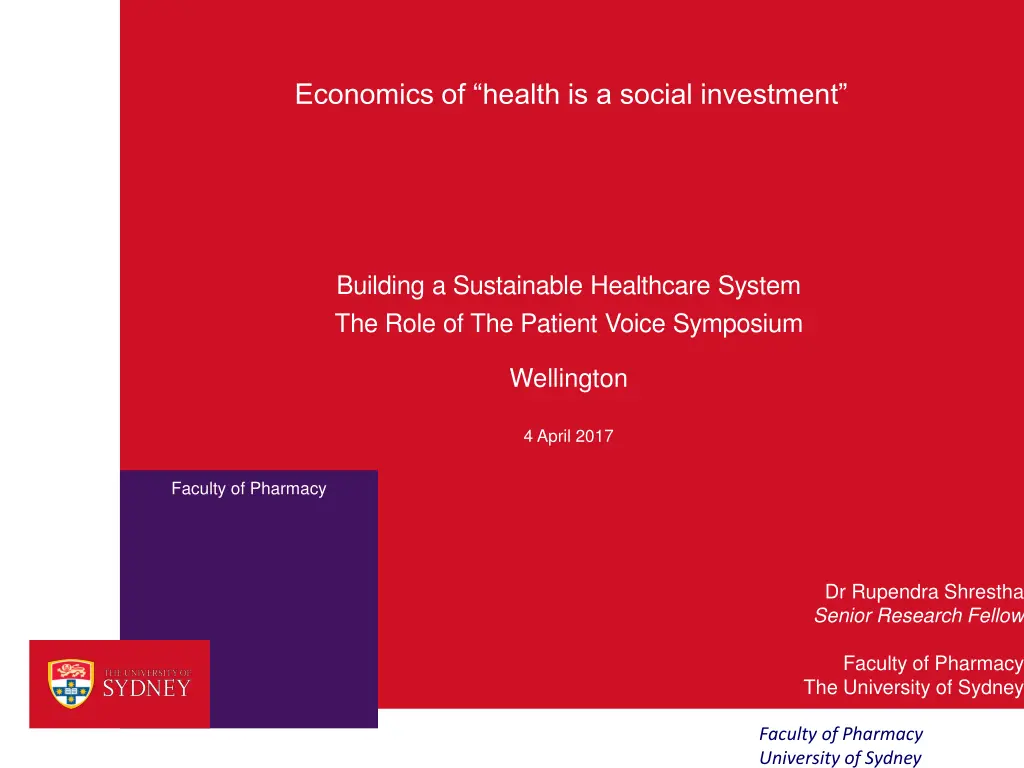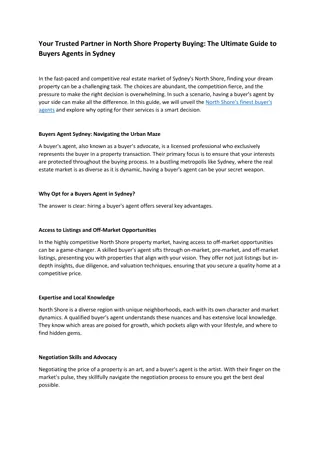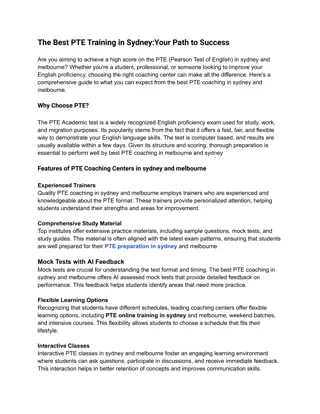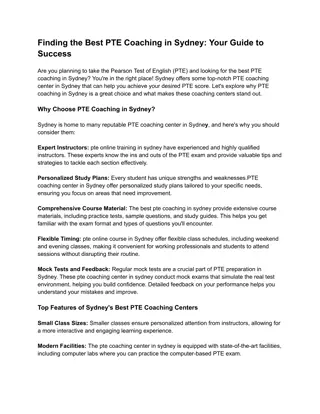
Building a Sustainable Healthcare System: Economic Implications and Demographic Shifts
Explore the economics of health as a social investment through the lens of a symposium discussing the role of the patient voice. Key topics include demographic projections, government spending trends, and the sustainability of health spending.
Download Presentation

Please find below an Image/Link to download the presentation.
The content on the website is provided AS IS for your information and personal use only. It may not be sold, licensed, or shared on other websites without obtaining consent from the author. If you encounter any issues during the download, it is possible that the publisher has removed the file from their server.
You are allowed to download the files provided on this website for personal or commercial use, subject to the condition that they are used lawfully. All files are the property of their respective owners.
The content on the website is provided AS IS for your information and personal use only. It may not be sold, licensed, or shared on other websites without obtaining consent from the author.
E N D
Presentation Transcript
Economics of health is a social investment Building a Sustainable Healthcare System The Role of The Patient Voice Symposium Wellington 4 April 2017 Faculty of Pharmacy Dr Rupendra Shrestha Senior Research Fellow Faculty of Pharmacy The University of Sydney Faculty of Pharmacy University of Sydney University of Sydney Faculty of Pharmacy
Collaborators Prof Deborah Schofield, University of Sydney Assoc Prof Megan Passey, University of Sydney Prof Simon Kelly, University of Canberra Richard Percival, University of Canberra Prof Robert Tanton, University of Canberra Dr Emily Callander, University of Sydney Dr Michelle Cunich, University of Sydney Prof Theo Vos, University of Queensland Dr Lennert Veerman, University of Queensland Faculty of Pharmacy University of Sydney 2
Population pyramid, Australia Source: ABS (2008) Population Projections, Australia. Cat. No. 3222.0 Faculty of Pharmacy University of Sydney 3
Demographic change Australian Population projections (%) Source: ABS (2008) Population Projections, Australia. Cat. No. 3222.0 Faculty of Pharmacy University of Sydney 4
Economic implications 40% 35% Shrinking working age population % of aged to working-age 30% Aged-to-working age ratio increase 25% 20% Increase dependency ratio 15% 10% 5% 0% 2010 2020 2030 Year 2040 2050 Source: Intergenerational Report 2010 2010: About 5 people of working age ~ one person of pension age (aged over 65) 2050: About 2.7 people of working age ~ one person of pension age (aged over 65) Faculty of Pharmacy University of Sydney 5
Projections of Australian Government spending by category 6 5 Percent of GDP 4 3 2 1 0 Health Aged care Age and Service Pensions Other income support Education Defence 2014-15 2054-55 Source: Intergenerational Report 2015 Faculty of Pharmacy University of Sydney 6
Sustainability of health spending How much money will be available for health spending How much pressure will health spending place on the future budget balance Sustainability of future health spending Places the future of health funding in the context of the future economy and budget balance Faculty of Pharmacy University of Sydney 7
Ripple effects http://2.bp.blogspot.com/-9rqUj45IgWk/TqoC0kUQLVI/AAAAAAAAARU/h33pCaE6fMA/s400/ripples+in+a+pond.jpg Health is a social investment Faculty of Pharmacy University of Sydney 8
Direct costs of OA Hunter et al. Nat Rev Rheumatol 2014, 10:437-441 Faculty of Pharmacy University of Sydney 9
Indirect costs of OA Hunter et al. Nat Rev Rheumatol 2014, 10:437-441 Faculty of Pharmacy University of Sydney 10
Health and labour force priorities Health as a driver for labour force participation Poor health excludes people from the labour force 58% of men and 26% of women who retire from full-time work early (before the age of 55 years) do so because of ill health. Improving health to increase labour force participation Faculty of Pharmacy University of Sydney 11
Impact of chronic disease on labour force participation Faculty of Pharmacy University of Sydney 12
Faculty of Pharmacy University of Sydney 13
Faculty of Pharmacy University of Sydney 14
Total impact The total number of Australians aged 45 to 64 not working due to a health condition was estimated to be 663,000 (14%) in 2003 This lost workforce reduced Australia s GDP by around $12 billion per annum. Faculty of Pharmacy University of Sydney 15
Costs of lost productivity What are the impacts on personal incomes ? How much tax is lost ? How much extra social security payments are paid ? What are the impacts on savings and lifetime living standards ? What are the impacts on poverty ? What impacts would interventions to treat chronic conditions have ? Faculty of Pharmacy University of Sydney 16
Health&WealthMOD Faculty of Pharmacy University of Sydney 17
Health&WealthMOD Health&WealthMOD - Australian microsimulation model of health, income, savings, tax and government benefits. - Development of this economic model was funded by an ARC Linkage Project Grant with Pfizer Australia as an industry partner It estimates: - lost income and savings, lost tax revenue and payment of benefits to those who have retired early due to illness. - the relative costs of diseases that lead to early retirement. Faculty of Pharmacy University of Sydney 18
Cost of retiring early due to illness in Australia Geometric means of weekly income, transfer payments and tax liability by labour force status for the Australian population aged 45-64 years, 2009 Transfer income$ 0.2 Labour force status No in Survey Income# Tax liability! Employed full-time 4,266 (46%) 1,167.0 166.3 Employed part-time Not in labour force due to ill health 1,738 (19%) 482.9 0.9 8.9 661 (7%) 217.8 74.2 0.0 # including transfer income $ including family payments ! including Medicare levy Schofield et al. BMC Public Health 2011, 11:418 Faculty of Pharmacy University of Sydney 19
Cost of retiring early due to illness in Australia National annual impact of persons not in the labour force due to ill health for the Australian population aged 45-64 years, 2009 Transfer payments$ Income# Tax liability! Not in labour force due to ill health 17,989,175,000 1,468,007,000 2,052,384,000 # including transfer payments $ including family payments ! including Medicare levy Note: Based on the differences between persons not in the labour force due to ill health and the weighted average of persons employed full time and part time. Impact of ill health: Exiting the workforce as a result of ill health is costly to both individuals and governments. The amount of lost income was significant, adding to the hardship experienced due to illness itself. Faculty of Pharmacy University of Sydney 20
Cost of retiring early due to back pain in Australia National annual impact of persons not in the labour force due to back pain for the Australian population aged 45-64 years, 2009 Transfer payments$ Income# Tax liability! Not in labour force due to back pain (compared to those with no chronic condition and employed) 4,816,000,000 622,200,000 496,900,000 Not in labour force due to back pain (compared to those with no back pain and employed) 4,286,900,000 537,300,000 440,400,000 # including transfer payments $ including family payments ! including Medicare levy Faculty of Pharmacy University of Sydney 21
Diabetes and lost wealth Odds ratios of having any wealth by different classes of wealth, Australians 45-64 years old, 2009, adjusted for age, gender and education Income producing assets$ Non-income producing assets# Labour force status Total wealth Employed full-time, no health condition Ref Ref Ref Employed part-time, no health condition 1.16 1.59 0.45 (0.27 4.94) (0.99 2.56) (0.23 0.94) 0.03 0.09 0.20 Not in labour force due to diabetes (0.00 0.30) (0.02 0.50) (0.06 0.71) $ includes cash, superannuation, shares and property investments # includes the value of owner occupied home Schofield et al. Br J Diabetes Vasc Dis 2010, 10: 300-304 Faculty of Pharmacy University of Sydney 22
Chronic conditions and lost wealth % difference (95% CI) in value of wealth, Australians 45-64 years old, 2009, adjusted for age, gender and education Labour force status Total wealth References Employed full time, no chronic condition Ref Not in labour force due to other mental illness -93% Schofield et al. Brit J of Psy 2011, 198: 123-128 (-98 -71) -87% Schofield et al. Eur Spine J 2011, 20: 731-736 Not in labour force due to back pain (-90 -84) -84% Schofield et al. Int J Cardiol 2011, 146(1): 125-126 Not in labour force due to CVD (-89 -77) Schofield et al. Rheumatology Int 2015, 35: 1175-1181 -85% Not in labour force due to arthritis (-88 -81) Schofield et al. Br J Diabetes Vasc Dis 2010, 10: 300-304 -90% Not in labour force due to diabetes (-94 -81) Faculty of Pharmacy University of Sydney 23
Lifetime costs of exiting workforce early due to chronic conditions Comparisons of actual total savings and annuity at age 65 for those not in the labour force due to ill health with the counterfactual total savings and annuity at age 65 if they were employed and had no chronic condition Total savings (cash, super, shares, other property) at age 65 Mean ($) Annuity at age 65 Median ($) Mean ($) Median ($) Male, 45 54 Actual Counterfactual Male, 55 64 Actual Counterfactual Female, 45 54 Actual Counterfactual Female, 55 64 Actual Counterfactual 56,740 377,330 1,810 249,160 3,280 21,800 100 14,400 145,710 322,220 34,400 208,220 8,420 18,620 1,990 12,030 76,100 246,480 830 3,850 12,470 40 170,040 8,600 103,440 189,200 9,410 120,650 5,230 9,570 480 6,100 Faculty of Pharmacy University of Sydney Kelly et al. The Economic Record 2012, 88(283):576-584 24
Summary Chronic conditions are associated with people being out of the labour force Economic costs of labour market withdrawal because of ill health (costs of productivity lost) are substantial. In addition to the health burden caused by these conditions, they also contribute to economic disadvantage due to impacts on labour force participation. People who retire early due to chronic condition are left with reduced savings to finance their retirement years resulting in lower living standards in retirement. Exiting the workforce as a result of ill health is costly not only to individuals and but also to governments (i.e. lost tax revenue and increased transfer payments) Faculty of Pharmacy University of Sydney 25
Health&WealthMOD What will be the economic impacts of early retirement due to ill health in future? Health&WealthMOD: a cross-sectional model Does not capture the long-term impacts of - demographic change - the changing labour force participation patterns of older working aged population - change in wealth accumulation patterns - trends in major chronic conditions affecting the older workforce Faculty of Pharmacy University of Sydney 26
Health&WealthMOD2030 Faculty of Pharmacy University of Sydney 27
Health&WealthMOD2030 Purpose Funded by ARC linkage project grant with Pfizer Australia as an industry partner A microsimulation model of long term economic impacts of ill health on older working aged Australians and the Australian government Takes into account the significant socio-demographic and economic changes and trends in major chronic conditions predicted to occur between 2010 and 2030 Estimates the economic impacts of early retirement due to ill health to individuals and the government in every five years from 2010 to 2030 Faculty of Pharmacy University of Sydney 28
Productive life years Labour force status of Australians aged 45-64 years projected to 2030 2010 2015 2020 2025 2030 Growth (%) Labour force status Employed full-time with 1,452,000 1,565,000 1,722,000 1,830,000 1,962,000 35.1 a chronic condition Employed full-time 1,572,000 1,653,000 1,786,000 1,864,000 2,017,000 28.3 without a chronic condition Employed part-time 621,000 682,000 769,000 825,000 888,000 43.0 with a chronic condition Employed part-time 501,000 536,000 594,000 632,000 688,000 37.3 without a chronic condition Productive Life Years (PLYs) lost due to 347,000 380,000 413,000 434,000 459,000 32.3 chronic conditions Total Population 5,580,000 5,945,000 6,374,000 6,677,000 7,130,000 27.8 Faculty of Pharmacy University of Sydney 29
GDP lost Estimated loss of GDP due to productive life years lost caused by chronic ill health in Australians aged 45-64 years, ($ billions) 2010 2015 2020 2025 2030 37.8 44.5 50.5 56.4 63.7 Schofield et al. MJA 2015, 203(6): 260.e1:e6 Faculty of Pharmacy University of Sydney 30
Projections of cost of retiring early due to illness Schofield et al. BMJ Open 2016 Faculty of Pharmacy University of Sydney 31
Impact of diabetes prevention on labour force participation (Passey et al. BMC Public Health 2012, 12:16) Faculty of Pharmacy University of Sydney 32
Objective To investigate the impact on labour force participation and personal incomes of diabetes intervention using a screening program and metformin or lifestyle intervention for those identified as pre-diabetics Estimated the extra number of years in the labour force and increase in personal incomes of Australians aged 45 64 years in 2003, who would not have developed diabetes if a screening and intervention program to prevent the onset of diabetes were in place for the 20 years from 1983 Faculty of Pharmacy University of Sydney 33
Impacts of intervention to prevent diabetes Increased number of person years in the labour force & the associated increase in total incomes over the ten years Age group in 2003 Total person years Using metformin Lifestyle intervention Total person years Total income Total income Male 45-49 28 1,263,000 43 1,896,000 50-54 97 4,319,000 125 5,595,000 $44,600 per person per year 55-59 282 12,578,000 358 15,967,000 60-64 683 30,486,000 753 33,599,000 Female 45-49 11 347,000 11 347,000 50-54 42 1,329,000 42 1,329,000 $31,800 per person per year 55-59 679 21,629,000 816 25,983,000 60-64 790 25,144,000 890 28,334,000 Total 2,612 97,095,000 3,038 113,049,000 Faculty of Pharmacy University of Sydney 34
Summary Health is a social investment. Investment in health can result in savings in other portfolios in addition to health. Preventing / managing chronic conditions is one way to increase the workforce to grow economy. This may contribute towards a sustainability of the future health funding. Faculty of Pharmacy University of Sydney 35
Thank you !!! Faculty of Pharmacy University of Sydney 36






















